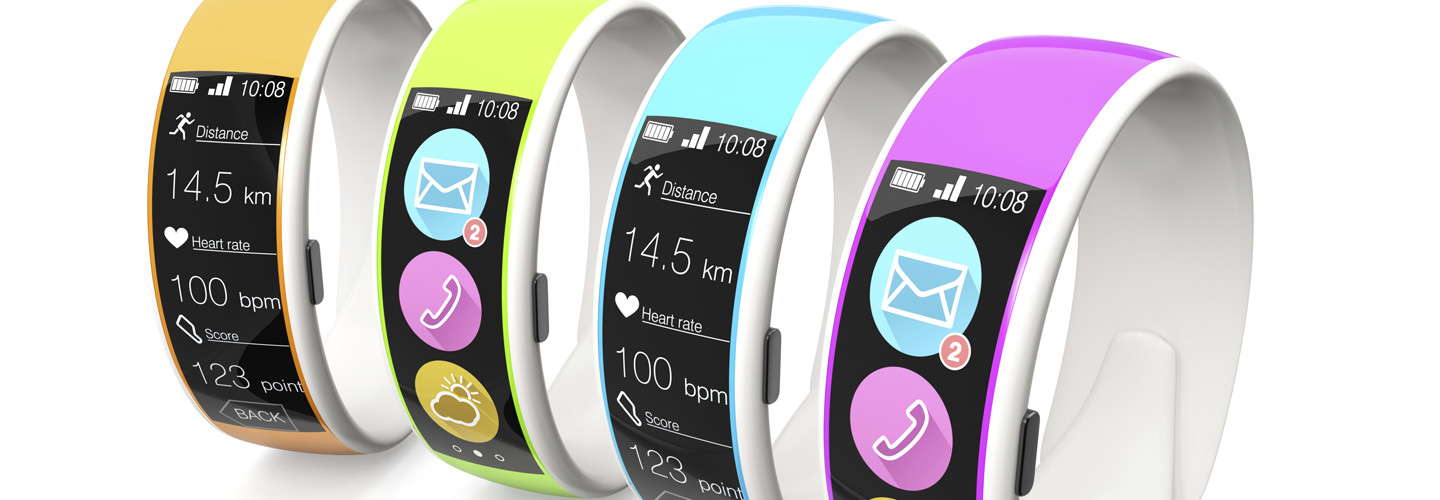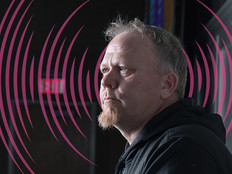6 Tech Trends on Course to Reshape Higher Ed by 2020
In each of its Horizon Reports, the New Media Consortium (NMC) lays out a vision for the future, based on input from experts in the field.
Each year, the NMC releases four global editions of the reports, covering higher education, primary education, museums and libraries.
A panel of 56 technology experts from 17 countries voted on the topics featured in the 12th annual Higher Education Edition of the Horizon Report, released in February. Each of the selections includes details on sources and examples of the technologies that are already at work shaping higher education.
The report cites 18 key technology topics that are expected to have a significant impact on higher education technology planning and decision-making worldwide over the next five years. These topics are further subdivided into six trends, challenges and developments.
The six tech developments selected for the report should be familiar to anyone who has kept up with education trends over the past five years. But the Horizon Report goes a bit further than just familiarizing readers with each topic’s technological significance — it predicts how long it will be until the trends’ impacts are felt in higher education.
Here are a few takeaways from the report:
-
Bring Your Own Device (BYOD) (1 year)
“Adoption of BYOD policy into the corporate sphere has provided a model for educational contexts, and the practice is gaining acceptance in universities and colleges all over the world.” -
Flipped Classrooms (1 year)
“Flipped learning is seen as especially suited for higher education because the rearranging of class time gives students in large introductory lecture courses more opportunity to engage and interact with their peers.” -
Makerspaces (2–3 years)
“Institutions are taking advantage of makerspaces to provide students and faculty a place that is integrated into the community to do their tinkering.” -
Wearable Technology (2–3 years)
"Wearable technology is poised to see significant growth in the coming years, spurring experimentation in higher education because the demand for wearables is seen to be coming in large part from college-aged students" -
Adaptive Learning Techniques (4–5 years)
“The emergence of adaptive learning technologies reflects a movement in academia towards customizing learning experiences for each individual.” -
The Internet of Things (4–5 years)
“As understanding around this emerging technology develops, universities are taking advantage of opportunities to give learners greater insight into the power of IoT.”
The full 56-page Horizon Report can be downloaded at NMC's website.








